




Boris Charmatz / Trimukhi Platform
Hall of Videodances Part 4: Site by Site II
Past dates
2/27/21
6:00 PM
2/28/21
12:00 AM
3/1/21
12:00 AM
3/2/21
12:00 AM
3/3/21
12:00 AM
3/4/21
12:00 AM
3/5/21
12:00 AM
3/6/21
12:00 AM
3/7/21
12:00 AM
The term video dance became established in Western contemporary dance in the 1980s to describe works that were not made for the stage, but were produced explicitly for the camera using the new video technology of the time. Numerous choreographers had already dared to experiment with the camera, such as Maya Deren, for example. Later, the American choreographer Merce Cunningham became one of the defining choreographers of this newly emerging genre. Common techniques of film and dance, such as montage, rhythm and tempo, form the basis for forms of video dance that open up other perspectives on dance and also redefine where it takes place and how it is mediated. Against the backdrop of general democratization through digital and social media, and ultimately in Corona times when choreographer:s are looking for new hybrid formats for dance, video dance has evolved aesthetically as well as politically through CGI technology or means of augmented reality that are not available on stage. From the first experimental films to the present day, the synthesis of dance and film has found expression in a variety of different formats, not the least of which has helped contemporary dance gain popularity. Dance existing as video also raises questions about reproduction, authorship, ownership of choreography, cultural appropriation, and the politicization of dance. FOKUS TANZ #7 juxtaposes existing video dances with new ones produced for the festival and makes them resonate with each other.
Site By Site Ii
When dance and video enter into a fusion, they not only create new aesthetic spaces, but also transport and shape social contexts differently than dance on stage. In video dance, a new understanding of dance itself, and of what constitutes it, can emerge. Dance is not created in neutral space, but in complex contexts and spaces. These, once removed from the stage situation, allow a deeper understanding of the body and movement to become visible: What initiates the movement? How is it executed? How do energies flow through the body? Video dance also means opening up new spaces: be it a kitchen, a forest clearing or a swimming pool. Body-Site-Specific, so to speak: the space makes the movement of the body.
Boris Charmatz: Les Disparates (2000)
30 Min.
Boris Charmatz is currently one of the most famous choreographers on the European dance scene. The former director of the Breton Centre Chorégraphique, which he renamed a «Musée de la danse», is known for his plea to experience the body live. It is therefore all the more gratifying that, on the basis of his joint stage work with Dimitri Chamblas LES DISPARATES of 1994, he tried his hand at the film medium. LES DISPARATES does not see itself as a «video dance» or dance film, but as an empirical and intuitive sound film without pronounced words. In the film medium, the makers see the chance to transfer dance into reality and to confront it with the «peculiar» codes of this form of expression. Thus Boris Charmatz dances in the middle of various places in the Norman town of Dieppe, in front of a swimming pool, at the harbor, on a bridge. Charmatz and Chamblas countered the power of the image, of cinematic framing and editing with a choreography that is both powerful and emotional, shedding the straitjacket of dance to create a cinematographic narrative marked by the weight of emotion to the lightness of the body.
Trimukhi Platform: Cooking Stone (2020)
17 Min.
200 kilometers from Calcutta lies a small village called Borotalpada in the Indian state of West Bengal. Little earth-shattering happens there, but Borotalpada is the village where the Kollektif Trimukhi Platform was founded over 12 years ago, based on the work of theater director and philosopher Jean-Frédéric Chevallier and producer Sukla Bar. Trimukhi Platform is made up of 18 indigenous families who have come together not only to produce contemporary art, but more importantly to build bridges between worlds that were initially apart. Their film Cooking Stone looks at everyday life in the village of Borotalpada, devotes itself to rural routine, everyday togetherness and life, and finds in the ordinary an everyday beauty to which other Indian artists such as the poet Rabindranath Tagore or the filmmaker Satyajit Ray have also devoted time and works.


